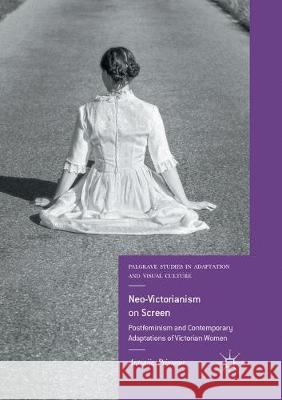Neo-Victorianism on Screen: Postfeminism and Contemporary Adaptations of Victorian Women » książka
topmenu
Neo-Victorianism on Screen: Postfeminism and Contemporary Adaptations of Victorian Women
ISBN-13: 9783319878201 / Angielski / Miękka / 2018 / 201 str.
Neo-Victorianism on Screen: Postfeminism and Contemporary Adaptations of Victorian Women
ISBN-13: 9783319878201 / Angielski / Miękka / 2018 / 201 str.
cena 524,53 zł
(netto: 499,55 VAT: 5%)
Najniższa cena z 30 dni: 501,19 zł
(netto: 499,55 VAT: 5%)
Najniższa cena z 30 dni: 501,19 zł
Termin realizacji zamówienia:
ok. 22 dni roboczych
Bez gwarancji dostawy przed świętami
ok. 22 dni roboczych
Bez gwarancji dostawy przed świętami
Darmowa dostawa!
Kategorie:
Kategorie BISAC:
Wydawca:
Palgrave MacMillan
Seria wydawnicza:
Język:
Angielski
ISBN-13:
9783319878201
Rok wydania:
2018
Wydanie:
Softcover Repri
Ilość stron:
201
Waga:
0.27 kg
Wymiary:
20.83 x 19.56 x 1.02
Oprawa:
Miękka
Wolumenów:
01











